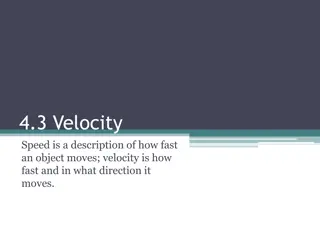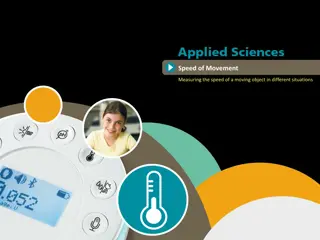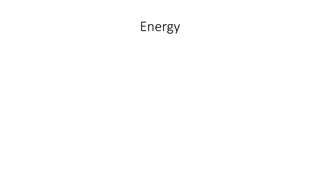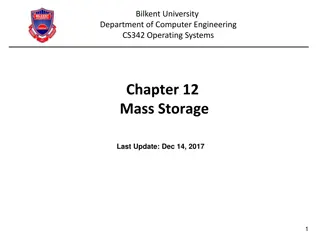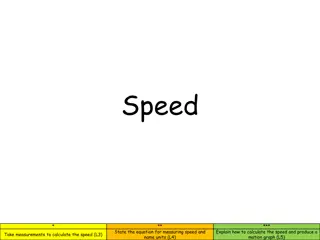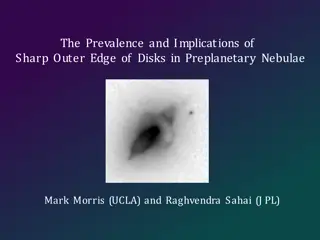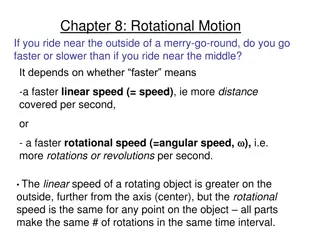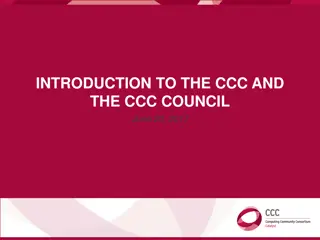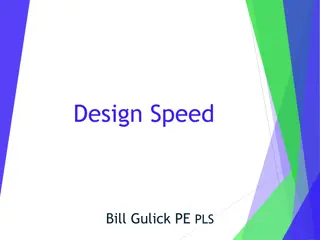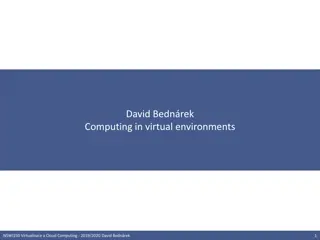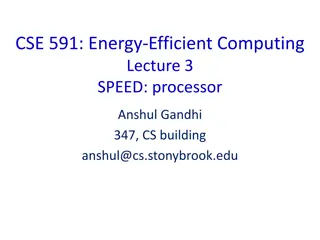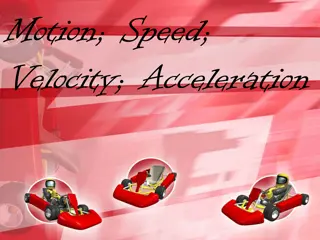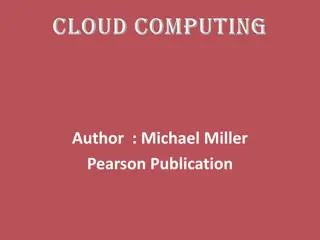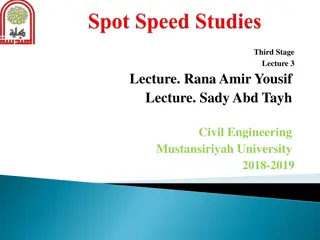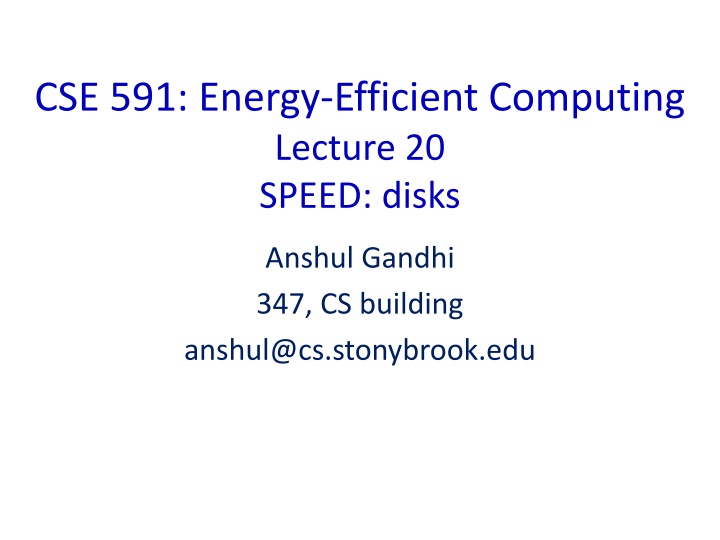
Energy-Efficient Computing: SPEED Disks Lecture Overview
This lecture covers various aspects of energy-efficient computing focusing on SPEED disks, disk power performance, load variations, and power management approaches. It discusses the challenges faced by networked disks, efficiency gains with different load levels, and the impact of multi-speed technologies. Understanding disk power consumption components, idle power usage, and quadratic power characteristics are also highlighted.
Download Presentation

Please find below an Image/Link to download the presentation.
The content on the website is provided AS IS for your information and personal use only. It may not be sold, licensed, or shared on other websites without obtaining consent from the author. If you encounter any issues during the download, it is possible that the publisher has removed the file from their server.
You are allowed to download the files provided on this website for personal or commercial use, subject to the condition that they are used lawfully. All files are the property of their respective owners.
The content on the website is provided AS IS for your information and personal use only. It may not be sold, licensed, or shared on other websites without obtaining consent from the author.
E N D
Presentation Transcript
CSE 591: Energy-Efficient Computing Lecture 20 SPEED: disks Anshul Gandhi 347, CS building anshul@cs.stonybrook.edu
Idle Does not work well for networked disks Why?
Combined low load (50%) 41% savings Combined uses high-performance + laptop disks
Combined high load (80%) 1% savings 1. Energy spent in maintaining coherence is small 2. Disk demand is typically high
Multi-speed (80% and 90% load) 22% savings 16% savings Multi-speed uses high-performance + desktop disks
Multi-speed (performance) 3% degradation
Power Management approaches AlwaysOn TPM (Sleep) DRPM (Speed) At high load, all are same (= AlwaysOn) At low load, TPM is good since high IAT In between, DRPM is good
Disk power consumption Many components Spindle motor (rotations) Actuator (seeks) Disk cache Electrical components Mechanical components (motor, actuator) are main Spindle can consume 50-80% power (2/10 disks)
Idle power Idle = still spinning
Results No performance degradation allowed




